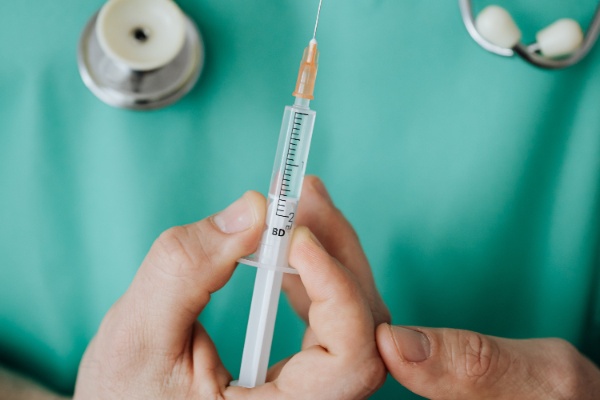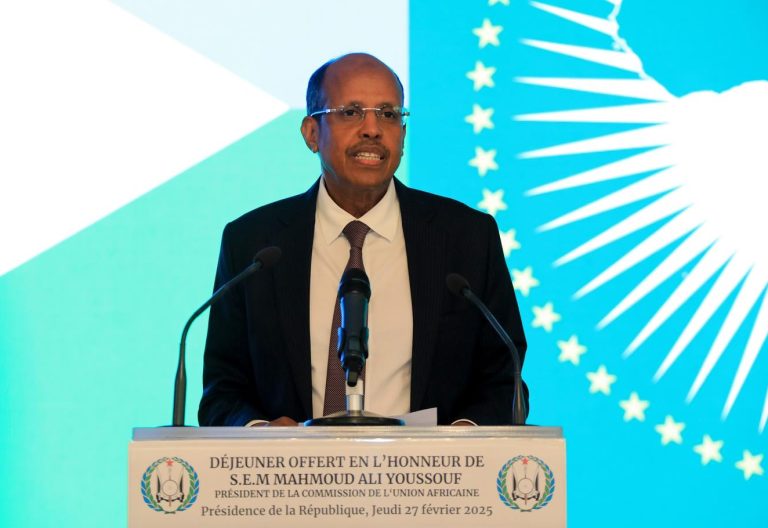Kenya lagging on cutting child mortality rate

Kenya continues to face significant challenges in achieving targets in UN Sustainable Development Goals (SDG) related to child health, despite global progress in reducing child mortality.
The country’s under-five mortality rate remains at 41 deaths per 1,000 live births, significantly higher than the SDG target of 25 deaths per 1,000 live births, data shows.
Meanwhile, neonatal mortality – deaths within the first 28 days of life – stands at 21 deaths per 1,000 live births, almost double the SDG target of 12.
Over half of children under the age of five who die do so within the first 28 days of life, with prematurity being the leading cause, contributing to 37 percent of neonatal mortality.
Neonatal deaths account for 51 percent of total under-five mortality, mainly because of prematurity, asphyxia and neonatal sepsis.
The collaborative strides Kenya has made were highlighted during commemorations of World Prematurity Day in Homa Bay county.
Premature infants face numerous health risks, including respiratory distress syndrome and apnea of prematurity, which can have lifelong implications. But Kenya has a severe shortage of specialised neonatal care facilities.
Only 75 facilities nationwide provide inpatient care for preterm and sick newborns, with just four equipped with neonatal intensive care unit services.
Over the past year, the Clinton Health Access Initiative (CHAI) and the Ministry of Health have implemented several initiatives by updating Kenya’s essential medicines list.
To ensure access to essential newborn commodities, CHAI helped secure a reduction of over 70 percent in the price of caffeine citrate.
“CHAI has worked with KEMSA to distribute the donated commodity to all referral hospitals that admit preterms,” said Betty Wariari, CHAI associate director of the maternal, newborn, and child health programme.









